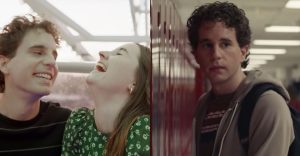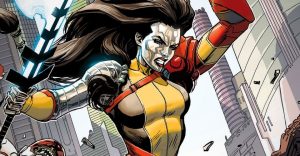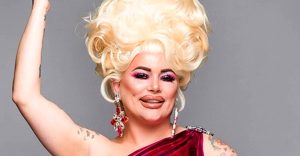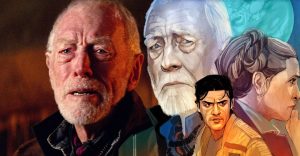James Bond: Every Way The Living Daylights Original Plan Changed
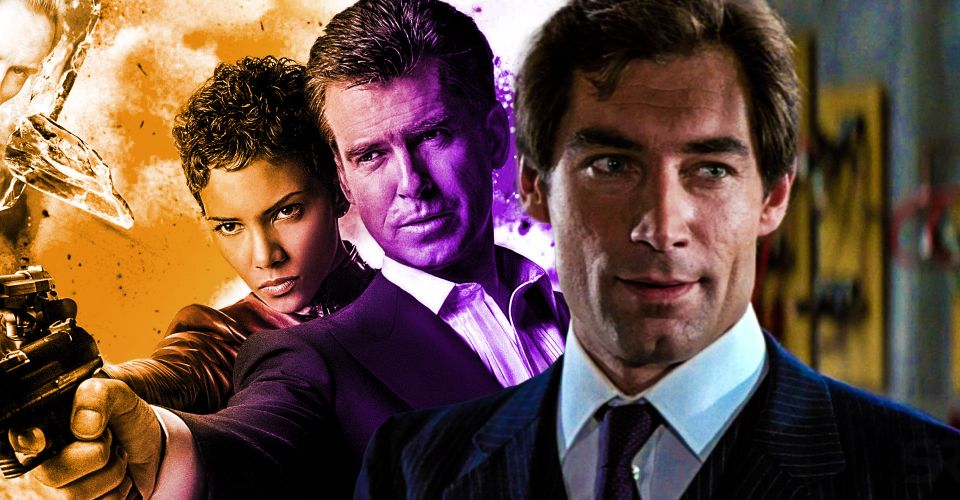
The Living Daylights established Timothy Dalton’s James Bond as a tougher, darker 007, but the original plans for the movie were very, very different – here are all the ways it changed. From Sean Connery’s influential take on 007 to Pierce Brosnan’s campy, self-aware version, James Bond has undergone countless reinventions onscreen over the years as a variety of directors have scrambled to keep the character relevant. Currently, Daniel Craig’s brooding, PTSD-afflicted Bond is enjoying critical acclaim as the Bourne-influenced version of 007 is the darkest take on the character viewers have seen so far.
However, long before Craig’s tenure, Timothy Dalton’s short-lived time as Bond was the most serious reinvention of the character seen up to that point, with 1987’s The Living Daylights and 1989’s Licence to Kill offering more grounded spy thrillers. However, this tonal shift away from campiness wasn’t always intended to be the case. In the decades since The Living Daylights hit cinema screens, critics have called Dalton’s Bond a radical departure from Roger Moore’s winking self-parody of 007, and a perfect precursor to Pierce Brosnan’s more light-hearted take which reintroduced Moore’s streak of self-aware humor to the series.
Dalton’s first outing displayed a more serious side to the character, but that wasn’t always the plan. In fact, it wasn’t even originally supposed to be Dalton’s movie, with Brosnan being lined up to replace Moore in the role a full decade before he made his debut. Not only that, but an entire Bond backstory was vetoed when The Living Daylights was rewritten, and one of the movie’s mooted action sequences ended up being a later entries few redeeming moments.
Pierce Brosnan’s Missed Bond Debut

As outlined in Charles Helfenstein’s ‘The Making of The Living Daylights’, before securing the role again with 1995’s Goldeneye, a much younger Pierce Brosnan was originally cast as the James Bond of The Living Daylights. Brosnan gained the role thanks to his popularity as a TV star at the time, with the actor being beloved on both sides of the Atlantic as the title character of Remington Steele. When the show’s run was cut short thanks to the network, Brosnan was ready to take on Bond when offered the role by producers. Brosnan left America when the TV series had been canceled – and promptly returned when NBC brought it back, precisely because Brosnan’s casting as Bond made him a hot commodity and reignited interest in the show. Thus, NBC inadvertently stole Brosnan’s (first) shot at playing 007 in the process and ended up canceling Remington Steele again after only five more episodes when Brosnan’s loss of the Bond role took with it the interest of the viewing public.
Dalton’s Bond Origin Story

The first drafts of The Living Daylights were a Casino Royale-style origin story for 007, but producers vetoed this angle saying no one wanted a young, unproven Bond as the hero. It is a strange decision on the part of the producers, as history later proved an origin story was the perfect way to reboot Bond after Brosnan’s era rendered him a self-parody. Given the fact that Dalton’s Bond was trying to re-establish the credibility of the character post-Roger Moore’s goofier outings, it’s hard to see why an origin tale wouldn’t have been the best move for the actor’s first time in the part.
Like Spielberg’s un-produced version of Moonraker, this missing Bond origin seems like a big loss for the franchise, but the details of the original The Living Daylights plot shed some light on the prequel’s failure to wow producers. According to Mark Edlitz’s ‘The Lost Adventures of James Bond’ the script’s story hinged on a jungle adventure that owes more to Heart of Darkness than Ian Fleming. This version of The Living Daylights would have seen a young, inexperienced Bond breaking into the jungle hideout of a Chinese warlord with a senior agent, in a plot that was not dissimilar to that of Apocalypse Now. When the older agent was killed, Bond avenged his death by killing the warlord, returning home, and being given the title of his fallen comrade – 007. It’s a clever way to set up the character, but one that strayed so far from the franchise conventions of gadgets, girls, and international espionage that, understandably, this jungle adventure got the chop in favor of the finished film’s cold war intrigue.
The Living Daylights’ Die Another Day Connection

Brosnan’s final outing as Bond, Die Another Day, is generally viewed as a too-campy, over-the-top misfire, However, the car chase that takes place across a frozen lake is one of the movie’s few undeniably cool moments – so it’s little surprise it was originally included in The Living Daylights, wherein Bond and Kara evaded KGB agents in this fashion. This version of the chase was likely cut due to expense, but the finished film included a handful of solid action sequences such as the stellar opening that introduced Dalton’s Bond, so it is only fair The Living Daylights spared one for Brosnan’s most irrelevant, self-parodying Bond efforts.
The Pet Shop Boys’ Missing Bond Theme

Per GQ, 1980s music icons The Pet Shop Boys were offered the chance to record a theme song for The Living Daylights, but the New Wave duo dropped out of the production upon discovering they would only be recording the theme and not the entire soundtrack. Instead, the job was given to A-ha, then best known for their enduring hit “Take On Me” and its underrated follow-up “The Sun Always Shines On TV.” However, the movie’s struggle to secure a theme song didn’t end there, as the band reportedly clashed with the Bond franchise composer John Barry, resulting in two versions of the theme song eventually being released.
A-ha’s Missing Henchman

The Bond franchise producers also offered A-ha’s frontman Morten Harket a role as one of arms dealing general Brad Whitaker’s henchmen featured in The Living Daylights, according to 007Museum. However, the band’s frontman turned down the henchman role because he assumed the producers wanted to capitalize on his recognizability, rather than his acting ability. Given the fact that the same producers turned down superstar Diana Ross years earlier and recast her character as a white woman in Live and Let Die, the singer may have been right to steer clear of a part in Dalton’s first outing as James Bond.
About The Author












